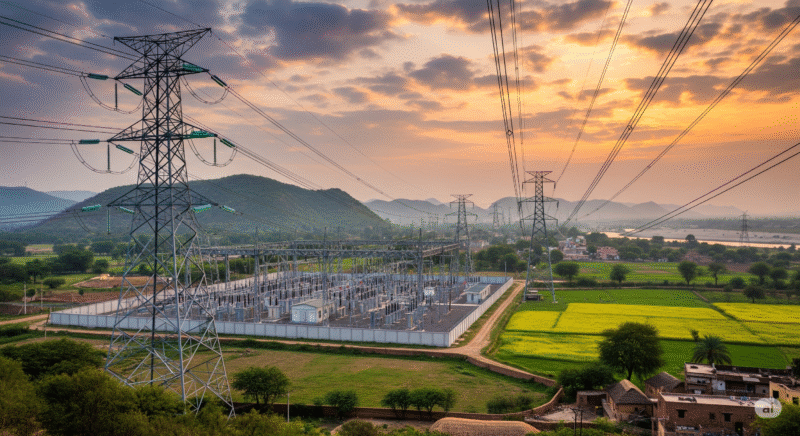In Short : In order to improve India’s power infrastructure and further the country’s energy transition, Tata Power is utilizing real-time data. By June 2025, India will have approximately 234 GW of renewable energy capacity. This means that smart orchestration is now essential to maximizing sustainable electricity supply and advancing the goal of net-zero emissions.
Important Technologies Boosting Reliability and Efficiency
Satellite Mapping & GIS: Tata Power’s Geographic Information System tracks all of the grid’s components, including substations, high and low voltage lines, and customer endpoints. By providing proactive energy efficiency, outage analytics, and improved customer service, these layers strengthen its Advanced Distribution Management Systems.

Meteorological Intelligence & Forecasting: Tata Power optimizes the production of solar panels and wind turbines by integrating market analytics with hyper-local meteorological data. This reduces curtailment and maximizes usage, which is a critical step in the integration of renewable energy.
AI & Digital Twins: To detect system defects early and improve grid performance in real time, the company uses AI-driven dispatch engines and digital twins. This promotes the expansion of renewable energy sources, such as wind and solar farms, while maintaining operational quality.
Cloud & Analytics with AWS: Tata Power developed two customized data lakes incorporating real-time data from smart meters, solar farms, wind assets, and Internet of Things devices as part of its collaboration with Amazon Web Services. Predictive maintenance, grid optimization, demand forecasting, and quick outage resolution are all powered by AI-based analytics, which promote energy efficiency and climate action on a large scale.
Wider Effects on the Green Energy Scene in India
Improving Decarbonization: By improving grid preparedness for fluctuating alternative energy sources, real-time operations support decarbonization and green economy initiatives. Encouraging the Workforce for Renewable Energy: These systems require qualified experts in data analytics, GIS, AI, and smart grid technology, which promotes clean tech jobs and skill growth in the dynamic energy industry.
Technology Contributions of Clean Energy
Grid planning, outage resilience, and efficiency are all improved by GIS and satellite mapping. Weather forecasting minimizes waste while optimizing the dispatch of wind and solar PV electricity. Digital Twins and AI supports a high penetration of renewable energy sources and improves system performance. Demand forecasting, predictive maintenance, and lower AT&C losses are made possible by cloud analytics (AWS).
Tata Power is reinventing what a smart, dependable, and sustainable grid can look like by combining digital twins, AI-driven dispatch, real-time analytics, and GIS tools. India’s transition to a net-zero emissions future driven by clean and alternative energy is aided by this technological advancement.




